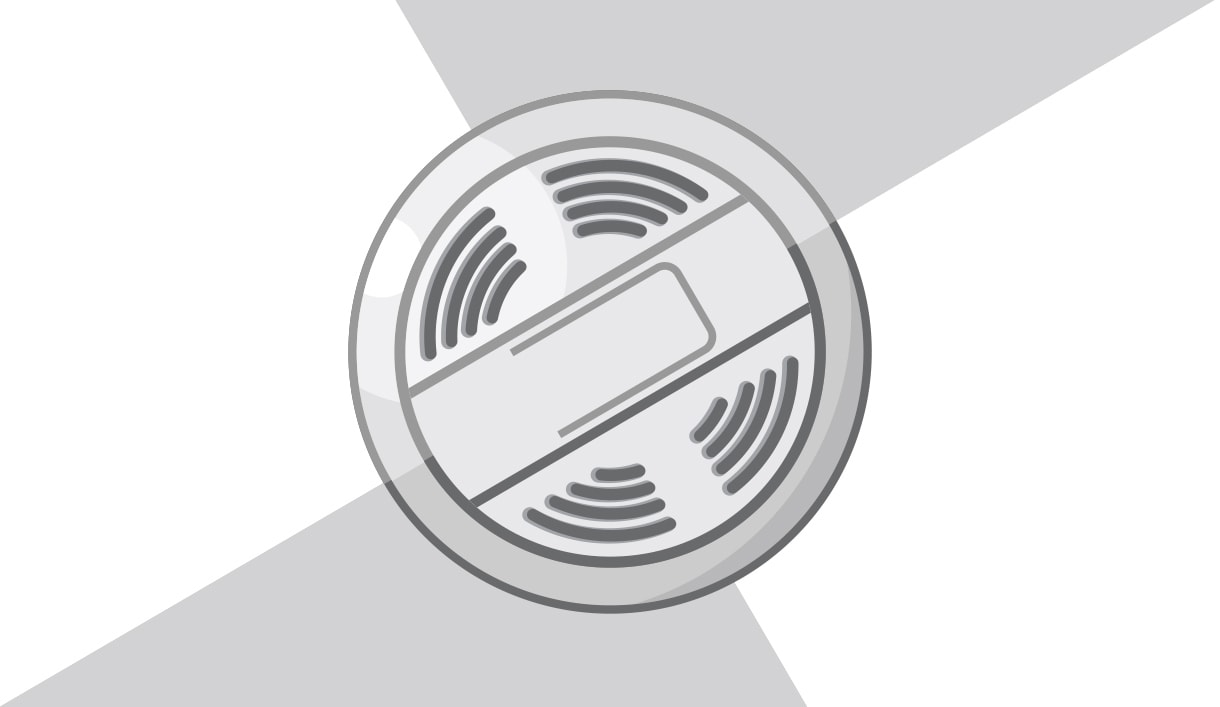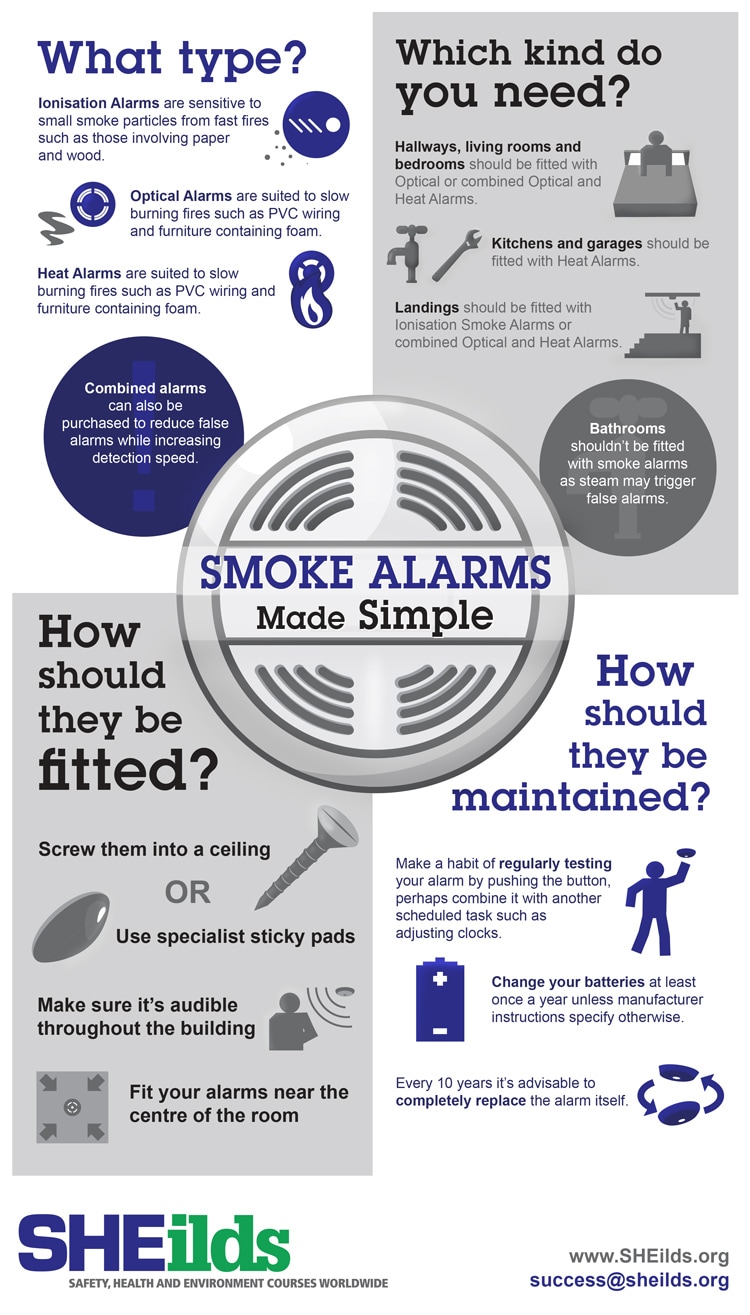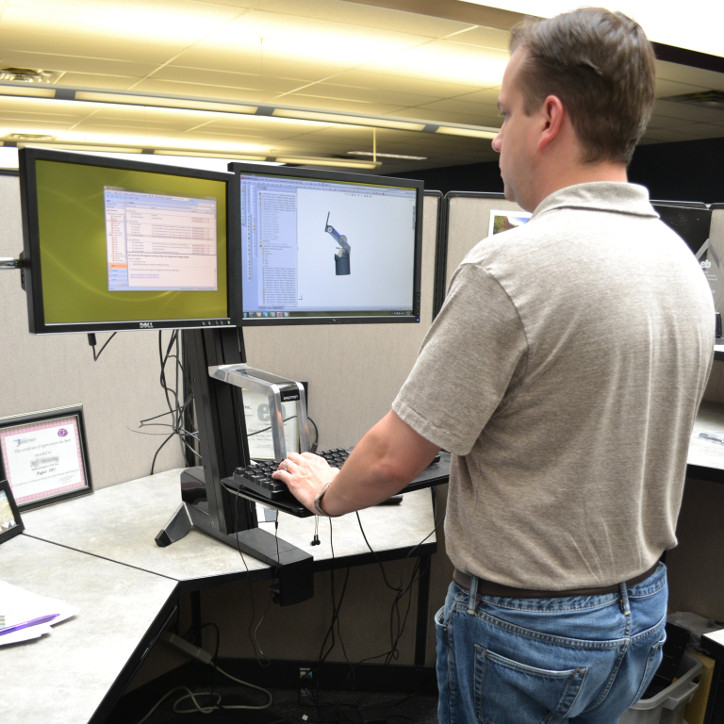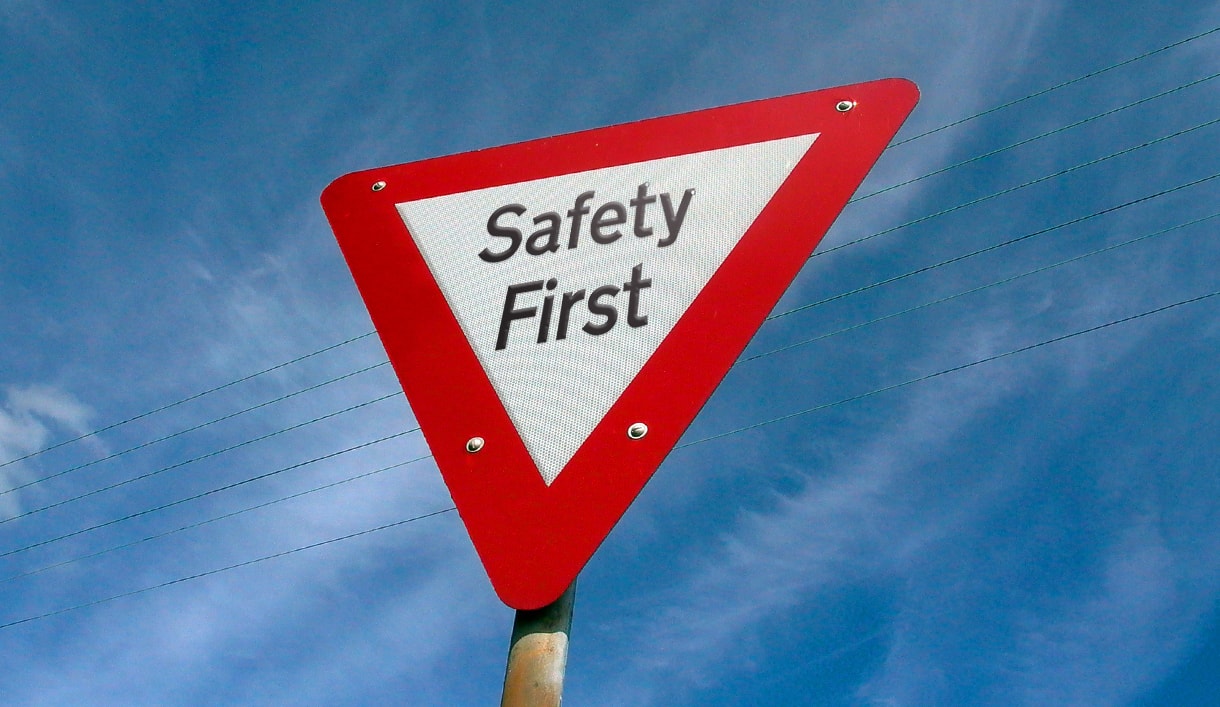Don’t Risk Your Life Going Up in Smoke
What you need to know about smoke alarms
Fire is an inescapable risk in both the home and workplace, with electrical products, heating and gas all presenting the possibility of an accidental blaze under the wrong circumstances.
Preventing fires altogether with effective precautions is always preferable, but regardless at least one smoke alarm/detector – or mains powered system in the case of larger buildings – should be essential to ensure the alarm can be raised quickly and an evacuation carried out safely.
With that said, which type of smoke alarms should be used and how should they be safely fitted and maintained?
Smoke alarm types and their correct usage
There are three main types of smoke alarm, along with possible combinations:
-
Ionisation Alarms
These are typically the most affordable variety of alarm, with detection based upon sensitivity to small smoke particles from fast burning fires. As such this kind of alarm is best suited for detecting fires involving burning wood or paper, however they are less effective in detection of slower burning fires creating a large amount of smoke and can also easily be triggered by cooking.
-
Optical Alarms
Better suited for detecting large bodies of smoke created by slow burning fires, this variety of alarm is ideal for areas containing flammable foam-filled furniture and PVC wiring which might overheat. They typically make for better choice near kitchens than the Ionisation equivalent due to their reduced sensitivity to fast burning fires.
-
Heat Alarms
A slight misnomer in this category but an important mention all the same, these alarms disregard smoke based detection altogether instead being triggered by increases in temperature. This makes them ideal for kitchens as cooking is unlikely to accidentally trigger them, though unfortunately they cover a much more limited area than other alarms.
-
Combination Optical Smoke and Heat Alarms
This option may be preferable when both varieties are required with the benefits of increased detection accuracy and speed.
-
Combination Smoke and Carbon Monoxide Alarms
This combination addresses a different form of detection besides fire but may be preferable where there is a risk of CO leaks, saving on purchase of an individual detector.
The above varieties of smoke alarm are typically best suited in the following locations:
- Hallways, living rooms and bedrooms should be fitted with Optical or combined Optical and Heat Alarms.
- Kitchens and garages should use Heat Alarms to avoid false triggers.
- Landings should be fitted with Ionisation Smoke Alarms or combined Optical and Heat Alarms.
The exact number required for a home or workplace will be dependent on the size of the building; one per room is ideal for complete coverage but one per floor should be the absolute minimum.
Appropriate fitting and maintenance
When it comes to fitting your alarms, screwing them into the ceiling is likely to be the most common method but if this isn’t an option specialised sticky pads can be used providing they are strong enough.
In order to maximize protection placement should be as close to the centre of rooms as possible, while remaining at least 30 centimetres clear of light fixtures to prevent false alarms or long-term damage from heat.
Keeping a fitted alarm in working order conveniently requires very little attention, but scheduling regular testing and care is a good idea regardless to ensure you’re protected. A good way to enforce this as a habit is to combine it with other scheduled tasks such as clocks being changed or cleaning.
Basic care should include:
- Testing the battery and alarm with a press of the button on a regular basis.
- Changing batteries once a year unless the manufacturer’s instructions state otherwise e.g. extra-long life alarms.
- Gently clean and/or vacuum the alarm roughly once a year to keep its sensors clear.
- Every 10 years completely replace the alarm to rule out long-term breakage.
All the above can easily be taken for granted much like smoke alarms themselves, but in a fire the early warning provided could literally make the difference between life and death. The minimal costs, quick fitting and simple maintenance should mean that no one has an excuse not to have one.
Don’t risk your life going up in smoke, check you’re protected today.
Owen Roach










Leave a Reply
Want to join the discussion?Feel free to contribute!